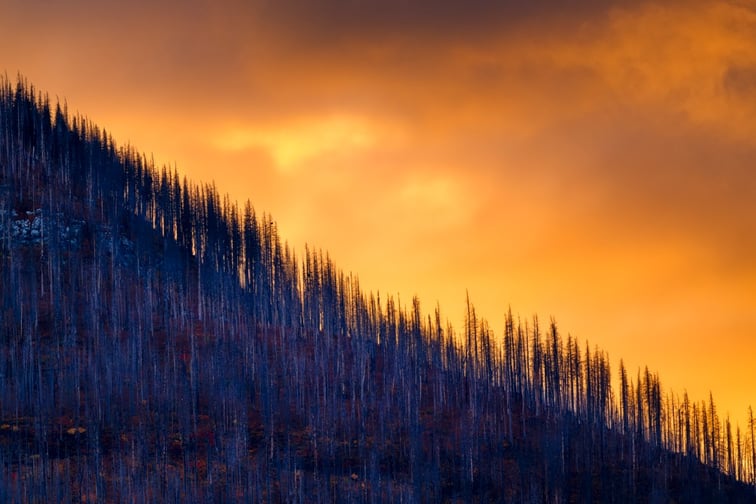

With hundreds of thousands of hectares burned in less than a month after this season’s first major wildfire, Swiss Re chief executive of reinsurance for Canada and English Caribbean Jolee Crosby has called on the insurance industry and Canadian governments to champion investment in proven wildfire protection measures.
“Implementing widely accepted mitigation practices greatly increases the probability that a home will survive future wildfire events,” Crosby wrote in a LinkedIn article.
“According to an ICLR (Institute for Catastrophic Loss Reduction) analysis, every $1 spent implementing the National Guide for Wildland Urban Interface Fires to make a new home fire-resistant saves owners, tenants, and society up to $35.
“We applaud the work of Canada’s insurers who’ve made the commitment to mitigation. Here are just a few examples: Co-operators and BCAA Insurance offer a premium discount to policyholders who obtain FireSmart home assessments; Co-operators, with ICLR and other partners, have conducted Wildfire Community Preparedness Day for the past 10 years; Wawanesa has grant programs to fund community investments in wildfire protection; Intact, Gore Mutual, and Aviva Canada are collaborating with Wildfire Defense Systems Inc. to safeguard properties in Alberta and British Columbia by removing outdoor furniture and wood piles, setting up sprinkler systems, and applying fire-blocking gel and retardants to properties and nearby vegetation.”
The CEO described the start of this year’s wildfire season as having been “especially intense,” citing the impact felt so early in the period.
“The first major wildfire of the year was detected in northern British Columbia on May 9,” Crosby noted. “Less than a month later, 1,388 fires had already burned approximately 469,000 hectares.
“In reality, though, the 2023 wildfire season never truly ended. About 150 fires from last year continued to smoulder underground during what was a relatively mild winter, then reignited in the early months of this year. Known as ‘zombie’ or holdover fires, these blazes persist beneath loose soil before resurfacing under the right conditions.”
She pointed out that, annually, wildfires burn 2.5 million hectares of land in Canada on average.
“Canada’s re/insurers have paid wildfire claims of more than $5 billion over the last 10 years, which greatly outpaces any previous decade,” Crosby wrote. “The risk of even higher losses in the future driven by climate change and population shifts can be addressed by insurance working with governments to champion investment in proven wildfire protection measures.
“With technologies, partnerships, and smart allocation of risk capital, the re/insurance industry plays a pivotal role in providing a greater understanding of wildfire risks and driving the adoption of preventive measures to reduce financial burdens.”
What do you think about this story? Share your thoughts in the comments below.
